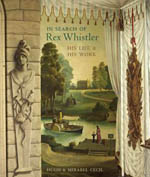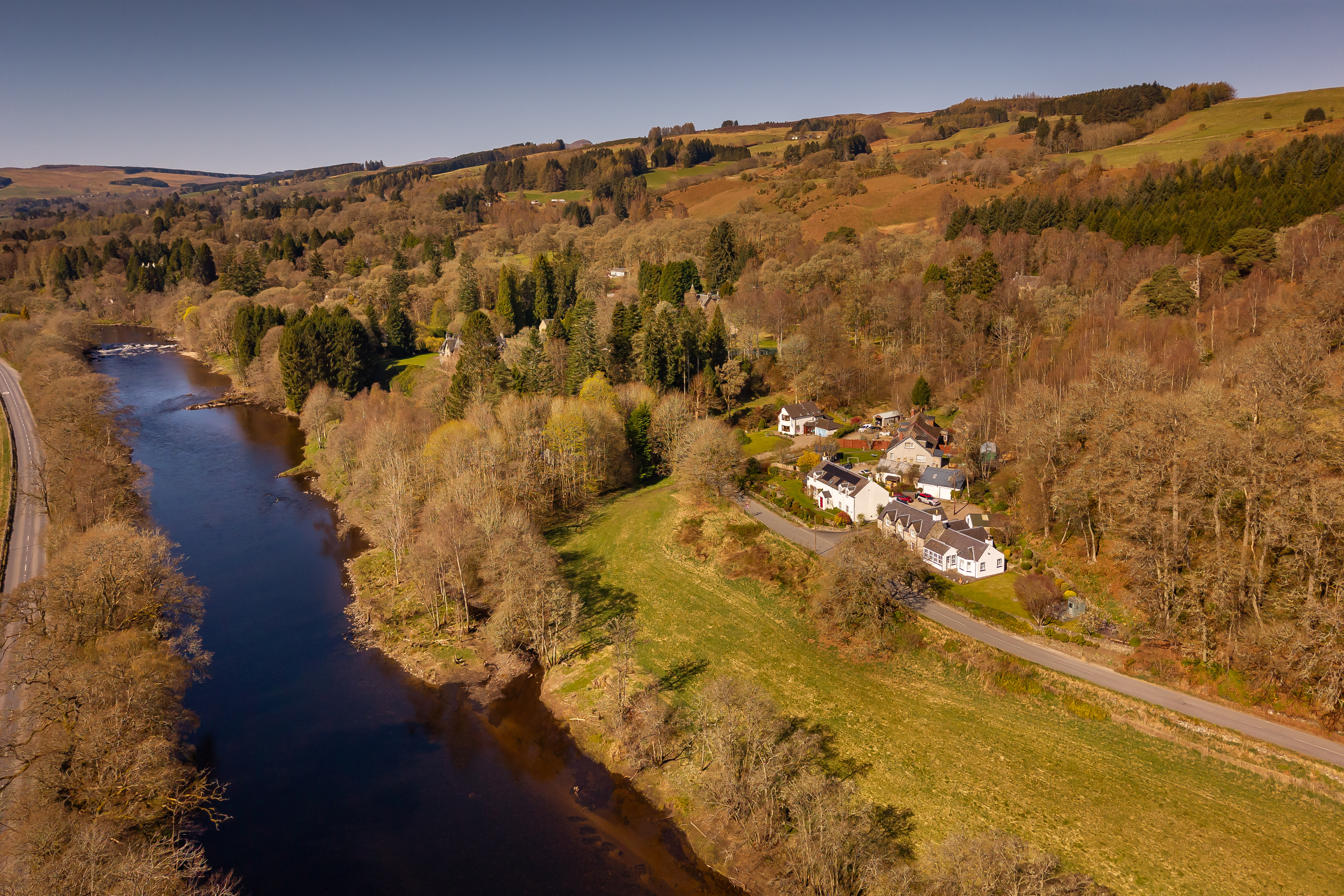Book Review: In search of Rex Whistler
A major newappraisal of Rex Whistler’s work has been published


To order any of the books reviewed or any other book in print, at
discount prices* and with free p&p to UK addresses, telephone the
Country Life Bookshop on Bookshop 0843 060 0023. Or send a cheque/postal
order to the Country Life Bookshop, PO Box 60, Helston TR13 0TP.
Alternatively visit www.countrylife.co.uk/bookshop.
Art/biography In Search of Rex Whistler Hugh and Mirabel Cecil (Frances Lincoln, £40, *£35)
Mirabel and Hugh Cecil's new book is a major reappraisal of Whistler's work. It's not merely a delight to read, well researched and carefully organised, but also lavishly illustrated and beautifully designed by Anne Wilson. The Cecils have re-examined every aspect of Whistler's life and subtle art. A prodigy, he was a star student of the Slade from 1922, where he attracted the frank admiration of the famously demanding Prof Tonks, who set him up to paint the murals for the ‘Refreshment Room' at the Tate Gallery (now Tate Britain).
Sign up for the Country Life Newsletter
Exquisite houses, the beauty of Nature, and how to get the most from your life, straight to your inbox.
There is an underlying tragedy to Whistler's story. Despite his early success and almost charmed life, he died on active service in Normandy in 1944, as an officer in the Welsh Guards. But before that, he had been passed over as an official war artist, apparently because he was seen as a fashionable lightweight, referred to as a ‘book illustrator'. Although he was undeniably a master of graphic art, his very versatility seems to have been held against him by the art establishment.
The Cecils make a good case for the originality of his vision as an artist, especially in the field of his mural painting: 36, Hill Street, London W1, in 1936; Lady Louis Mountbatten's sitting room at Brook House, London W1, and Plas Newydd, Anglesey, in 1937; and Mottisfont Abbey, Hampshire, 1938-39.
The authors also point to his imaginative approach to portraiture. Furthermore, Whistler was at the peak of his abilities as a set designer when he died. In 1944, his spectacular sets for the ballet Le Spectre de la Rose drew a collective sigh from the war-weary audience when the curtain went up; difficult to get the details right, he wrote ‘from a tank'. In those years, he tried to avoid being pigeonholed as a set designer but, had he sur-vived, he could have enjoyed an international status similar to that of Cecil Beaton and his Slade contemporary Oliver Messel.
Beaton summed up his skill with generosity: ‘Not a modern artist in the accepted sense, he brought the style, the wit and the values of an earlier age to bear on his own period.' His friend and Slade contemporary Stephen Tennant introduced him to the circle of the Bright Young Things, which gave him an entry into a gilded world and took him to places to which he otherwise might not have been. Some judged him an ephemeral socialite, but for us moderns, no group seems as expressive of the essential fragility of interwar British culture as this very group. Whistler and Beaton were really the recording angels of the age.
‘The Unseen Rex Whistler' is at Sibyl Colefax & John Fowler, 39 Brook Street, London W1, until December 14, and offers a chance to see eight landscape murals painted by Whistler for 36, Hill Street, Mayfair
Country Life is unlike any other magazine: the only glossy weekly on the newsstand and the only magazine that has been guest-edited by HRH The King not once, but twice. It is a celebration of modern rural life and all its diverse joys and pleasures — that was first published in Queen Victoria's Diamond Jubilee year. Our eclectic mixture of witty and informative content — from the most up-to-date property news and commentary and a coveted glimpse inside some of the UK's best houses and gardens, to gardening, the arts and interior design, written by experts in their field — still cannot be found in print or online, anywhere else.
-
 Vertigo at Victoria Falls, a sunset surrounded by lions and swimming in the Nile: A journey from Cape Town to Cairo
Vertigo at Victoria Falls, a sunset surrounded by lions and swimming in the Nile: A journey from Cape Town to CairoWhy do we travel and who inspires us to do so? Chris Wallace went in search of answers on his own epic journey the length of Africa.
By Christopher Wallace
-
 A gorgeous Scottish cottage with contemporary interiors on the bonny banks of the River Tay
A gorgeous Scottish cottage with contemporary interiors on the bonny banks of the River TayCarnliath on the edge of Strathtay is a delightful family home set in sensational scenery.
By James Fisher